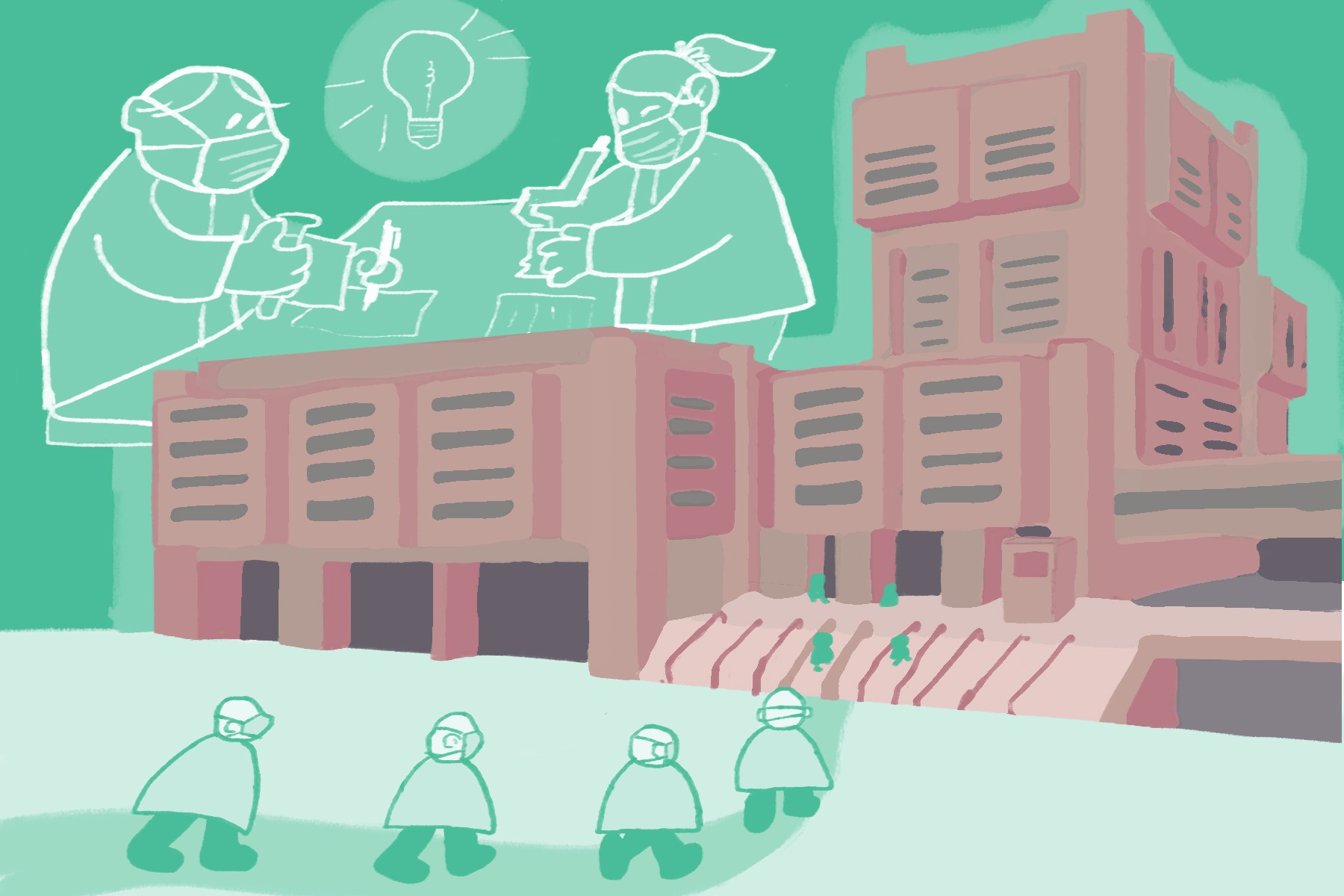With select areas of campus reopening following the guidance of state officials, a growing number of researchers at the University of Minnesota are resuming their work.
This process officially began May 1 when University President Joan Gabel announced her “Sunrise Plan” for the gradual reopening of campus, much of which was closed due to COVID-19. Plans have been in the works to resume research work for longer. Since then, over 1,000 researchers have returned to campus.
“Right after we recovered from shutting down the things that had to be shut down, I was advising [researchers] to start building plans for how we are going to reopen,” said Joseph Konstan, associate dean for research and professor in the College of Science and Engineering. “We knew based on the fact that this was a pandemic that we wouldn’t reopen all at once.”
Under the direction of Vice President for Research Christopher Cramer, individual colleges and departments have been tasked with deciding who is able to return. Overall, undergrad researchers are not being allowed to return and lab spaces are not being used for training purposes.
“The bigger issue is that I tend to do a lot of work with undergraduates, and undergraduates are not allowed in the lab right now. That’s a major hiccup, so I’m kind of patiently waiting,” said Tim LaPara, a professor in civil and environmental engineering.
Apart from these broad guidelines, researchers have had to apply to return through their colleges and departments. Leaders are looking at the importance of the research and the ability for it to be done safely, in addition to the capacity of shared spaces, to determine who can return.
Currently, over 2,500 applications have been submitted, said University spokesperson Dan Gilchrist.
“Some departments created restart committees and, in some cases, the department heads did these all themselves. But they put together a plan that said look, here’s the capacity we can afford,” Konstan said.
Researchers are also taking precautions such as wearing masks and gloves and social distancing in shared spaces. Additionally, unrest in the area after police killing of George Floyd has delayed this process in some cases.
“We wear masks, we alternate [people], we communicate. Anybody who’s uncomfortable coming in, we’re extraordinarily respectful of that,” LaPara said.
The return to campus also applies to other types of research and research that does not involve traditional lab spaces. However, most people are being directed to work on projects relating more directly to COVID-19, LaPara said. For example. LaPara’s work now involves collecting and testing drinking water from campus and city buildings to test for COVID-19 and other diseases.
“Pretty much everybody that we have available is now working on these emergency projects. So they’ve been taken off their other projects for the time being,” LaPara said.
Looking ahead, the process of returning more researchers with work that cannot be completed remotely to campus will likely take another several weeks, Konstan said.
“We have another few weeks before everyone who needs facilities on campus will be authorized to return,” Konstan said. “Almost anyone who has a need to be back will be back.”














